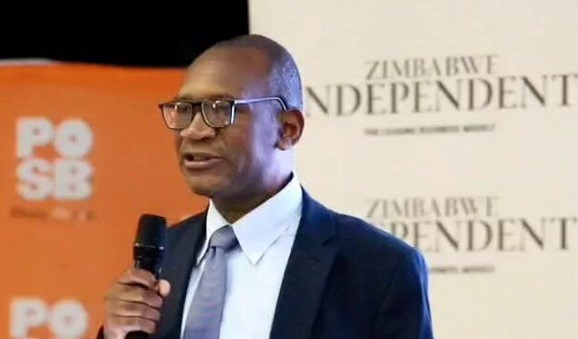
THE government’s recent reaffirmation of the ban on raw chrome ore exports represents a bold and strategic move to enhance domestic beneficiation and maximise value from Zimbabwe’s mineral endowment.
By mandating that chrome ore be processed locally into ferrochrome — a critical input in stainless steel production — the government is not only seeking to stabilise revenue streams, but also to position Zimbabwe as a key player in the global ferrochrome industry.
While this policy is not new, its renewed enforcement signals a deeper commitment to value addition, a central pillar of the national mining strategy. As Information minister Jenfan Muswere noted, the rationale is clear: ferrochrome fetches significantly higher and more stable prices than raw chrome, which remains vulnerable to international market volatility. This shift from raw extraction to industrial processing offers Zimbabwe the opportunity to retain more value along the mineral value chain — generating employment, promoting technological development, and boosting foreign currency earnings.
Currently, Zimbabwe has 10 ferrochrome producers with a combined annual output of around 270 000 tonnes.
The government’s additional stipulation that new chrome mining titles exceeding 100 hectares must be tied to ferrochrome production capacity further underscores its intent to ensure that mining activity directly contributes to industrial growth.
This move should curb speculative mining title holdings and encourage active investment in processing facilities. Equally important is the stricter enforcement of the “use it or lose it” policy, which will compel titleholders to either develop their claims or relinquish them to more proactive investors.
However, while the policy direction is sound, its success hinges on addressing key challenges.
Reliable and affordable energy remains a critical bottleneck for ferrochrome smelting, which is highly electricity-intensive. Zimbabwe must prioritise energy sector reforms, including expanding renewable energy integration and securing stable power supply agreements, to support this industrial expansion.
- Mavhunga puts DeMbare into Chibuku quarterfinals
- Bulls to charge into Zimbabwe gold stocks
- Ndiraya concerned as goals dry up
- Letters: How solar power is transforming African farms
Keep Reading
Additionally, attracting foreign and domestic investment into ferrochrome plants will require a predictable regulatory environment, competitive fiscal terms, and infrastructure upgrades, particularly in transport and logistics.
Another pressing challenge is the persistent smuggling of chrome ore across borders. A recent case involving a Beitbridge border agent, who facilitated the illegal export of 96 tonnes of chrome ore to South Africa highlights the scale of the problem. Unfortunately, this appears to be just the tip of the iceberg.
Effective enforcement and cross-agency coordination will be crucial in curbing these illicit activities. Security services, customs officials, and relevant government departments must work collaboratively to close these loopholes. If well-implemented, this beneficiation strategy has the potential to transform Zimbabwe into a key global ferrochrome producer, reduce exposure to commodity price shocks, and catalyse broader industrialisation.
With all hands on the deck, it is possible!











